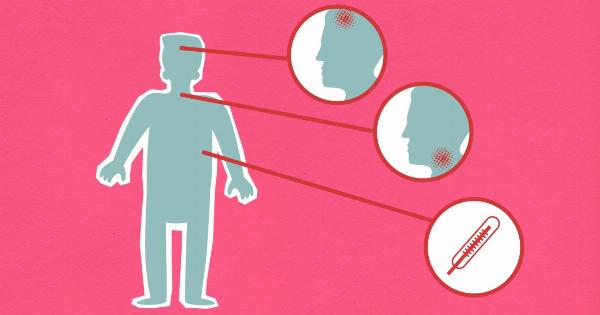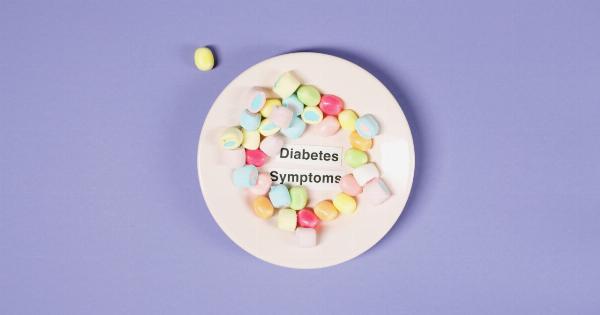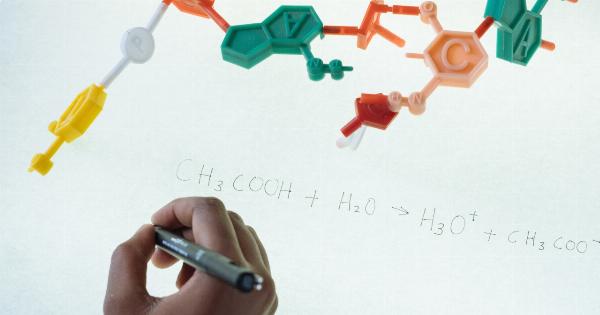Atherosclerosis is a chronic disease that affects the arteries, causing them to become narrow and hardened. It is a leading cause of heart attacks and strokes, which are the leading causes of death worldwide.
Understanding the process of atherosclerosis is crucial for preventing and managing cardiovascular disease. In this article, we will delve into the intricacies of atherosclerosis, exploring its causes, risk factors, progression, and potential treatment options.
What is Atherosclerosis?
Atherosclerosis is a condition characterized by the accumulation of fatty deposits, cholesterol, calcium, and other substances in the arterial walls. Over time, these deposits form plaque, which narrows and hardens the arteries.
This plaque buildup can eventually restrict blood flow, leading to complications such as heart attacks, strokes, and peripheral artery disease.
The Causes of Atherosclerosis
The exact cause of atherosclerosis is not fully understood, but it is believed to involve a combination of genetic, environmental, and lifestyle factors. Certain conditions and behaviors can increase the risk of developing atherosclerosis, such as:.
- High blood pressure
- Elevated cholesterol levels
- Smoking
- Diabetes
- Obesity
- Lack of physical activity
- Poor diet
How Atherosclerosis Progresses
Atherosclerosis develops gradually over time, and its progression is influenced by various factors. The initial step involves damage to the inner lining of the artery, known as the endothelium.
This damage can be caused by factors like high blood pressure, smoking, and high cholesterol levels.
When the endothelium is damaged, it becomes susceptible to the accumulation of low-density lipoproteins (LDL) or “bad cholesterol.” These LDL particles seep into the arterial wall and trigger an inflammatory response.
White blood cells, particularly monocytes, migrate to the area to combat the inflammation.
As the monocytes enter the arterial wall, they transform into macrophages, which engulf the LDL particles, transforming into foam cells. These foam cells accumulate within the arterial wall, forming fatty streaks.
Over time, smooth muscle cells migrate to the site and contribute to the growth of the plaque.
The plaque consists of a core of lipids, dead cells, and connective tissue covered by a fibrous cap. The fibrous cap is made up of smooth muscle cells and collagen fibers.
The plaque can progressively grow, narrowing the arterial lumen and reducing blood flow.
The Impact of Atherosclerosis
Atherosclerosis can affect various organs and tissues throughout the body, depending on the location and extent of plaque formation. Some common complications of atherosclerosis include:.
- Coronary artery disease: Plaque buildup in the arteries supplying blood to the heart can lead to chest pain (angina), heart attacks, and heart failure.
- Cerebrovascular disease: Plaque formation in the arteries that supply blood to the brain can result in transient ischemic attacks (TIAs) or strokes.
- Peripheral artery disease: Atherosclerosis in the arteries of the limbs can cause pain during physical activity, reduced healing capacity, and even tissue death.
Diagnosis and Screening
Diagnosing and screening for atherosclerosis is essential for its early detection and management. Several methods can aid in the diagnosis and assessment of atherosclerosis, including:.
- Cholesterol level tests: Measuring the levels of total cholesterol, LDL cholesterol, and HDL cholesterol in the blood can provide valuable information about an individual’s cardiovascular health.
- Carotid ultrasound: This non-invasive test uses soundwaves to create images of the carotid arteries, which supply blood to the brain. It can help identify the presence of plaque and measure its thickness.
- Coronary angiography: Also known as cardiac catheterization, this procedure involves injecting a contrast dye into the coronary arteries to visualize any blockages or narrowing.
- Computed tomography angiography (CTA): This imaging technique uses X-rays and computer technology to create detailed images of the arteries, allowing for the detection of atherosclerotic plaques.
- Electrocardiogram (ECG): An ECG records the electrical activity of the heart and can help identify any abnormalities that may be indicative of reduced blood flow.
Treatment and Management
Managing atherosclerosis involves a combination of lifestyle modifications, medications, and, in some cases, surgical interventions. The treatment plan may vary depending on the severity of the disease and the individual’s overall health.
Lifestyle modifications often recommended include:.
- Eating a heart-healthy diet low in saturated fat, trans fat, and cholesterol.
- Incorporating regular physical activity into daily routines.
- Maintaining a healthy weight.
- Quitting smoking and avoiding secondhand smoke.
- Limiting alcohol consumption.
Medications commonly used in the management of atherosclerosis include:.
- Statins: These drugs help lower cholesterol levels and reduce the risk of heart attacks and strokes.
- Antiplatelet agents: Medications like aspirin or clopidogrel can help prevent blood clot formation.
- Beta-blockers: These drugs reduce blood pressure and heart rate, relieving the workload on the heart.
- ACE inhibitors or angiotensin receptor blockers (ARBs): These medications are used to manage high blood pressure and protect the heart.
- Anticoagulants: These drugs reduce the blood’s ability to clot and are often prescribed for individuals at high risk of blood clots.
In cases where the narrowing of the arteries is severe and significantly affects blood flow, surgical interventions may be necessary. Some common procedures include:.
- Percutaneous coronary intervention (PCI): This procedure involves inserting a specialized catheter into the blocked coronary artery to reopen it and improve blood flow. It may include balloon angioplasty or the placement of a stent to keep the artery open.
- Coronary artery bypass grafting (CABG): In this surgery, a healthy blood vessel is taken from another part of the body and grafted onto the blocked coronary artery, bypassing the narrowed or blocked section.
Prevention of Atherosclerosis
The best approach to atherosclerosis is prevention. By adopting a heart-healthy lifestyle, individuals can significantly reduce their risk of developing this condition. Some key preventive measures include:.
- Eating a balanced diet rich in fruits, vegetables, whole grains, lean proteins, and healthy fats.
- Engaging in regular physical activity for at least 150 minutes per week.
- Maintaining a healthy weight and managing conditions such as high blood pressure, high cholesterol, and diabetes.
- Avoiding or quitting smoking.
- Limiting alcohol consumption.
Regular check-ups with healthcare providers are also crucial for monitoring blood pressure, cholesterol levels, and overall cardiovascular health.





























